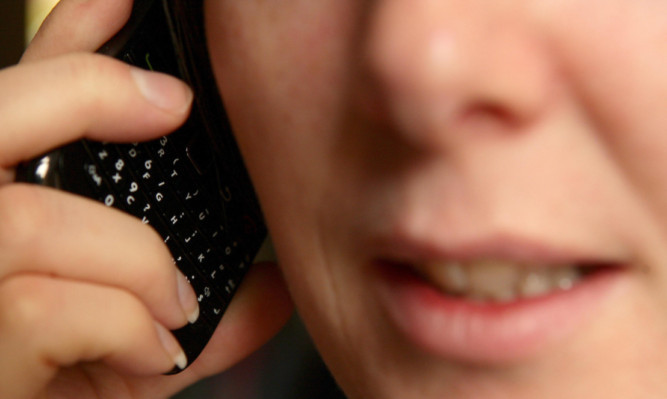Consumers registered with the Telephone Preference Service the primary tool for avoiding telemarketing still receive double the average number of nuisance calls of those who do not use it, a study found.
The TPS is a free opt-out service for those who do not wish to receive telemarketing calls.
All UK companies making live marketing calls, except market research companies, are legally required to screen call lists against the TPS list to ensure subscribers are not contacted.
But a survey by Which? found that those registered with TPS still receive on average double the number of unsolicited calls than those not signed up.
Although those registered with TPS reported a decrease in nuisance calls after signing up, they received on average 10 unsolicited calls in the last month compared with the average five for those not signed up.
The poll also found six in 10 TPS users (57%) are not satisfied with the service.
More than 85% of people received an unsolicited call in the last month, with 8% of these receiving 50 or more unwanted calls or more over the same period.
Of those questioned, 62% had received calls about Payment Protection Insurance and almost half (48%) heard from accident claim companies.
Which?, whose Calling Time on Nuisance Calls and Texts campaign asked the Information Commissioner’s Office, the Ministry of Justice, Ofcom and the Office of Fair Trading to form a joint taskforce to tackle the problem, said the Government needed to lead a tougher approach.
It is “demanding” that the Government steps in to strengthen the law on consent and the use of personal data.
Which? executive director Richard Lloyd said: “Consumers are sick and tired of being bombarded with nuisance calls and texts. The current system is failing the public and … it’s time for the Government to step in.
“We urgently need to see a new approach, new laws and new technology to tackle this scourge on people’s lives.
John Mitchison, head of TPS, said: “TPS registration stops unsolicited calls from law-abiding companies that check names against the TPS’s ‘do not call’ list. However, it can’t physically block calls.”
